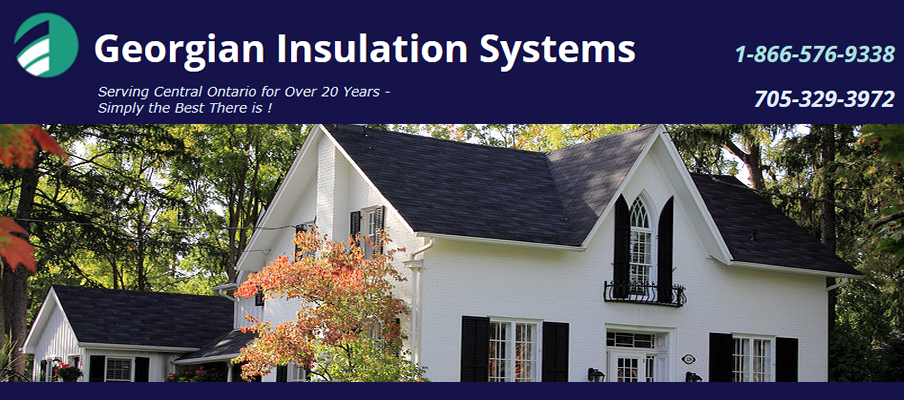Ice build up on roofs can present a dangerous situation to the homeowner, visitors and those passing by. Not only is it unsafe, but it causes damage to the roof and eave-troughs. Melt-water from ice build up can cause interior water damage. Call us for a free quote to handle this situation at your home, cottage, or commercial building.
During the winter, snow accumulates on the roof. On many homes this snow starts to melt, resulting in ice dams and icicles. There are many causes for the snow to melt, the most common cause is heat loss from the house into the attic. Warm air passes through the ceiling and insulation into the attic space. The warm air raises the temperature inside the attic to above the freezing point. It rises to the peak where it causes the snow to start melting. The warm melt-water flows down the roof to the colder edges where it re-freezes, causing ice dams and icicles.
As this cycle continues, the ice can form massive ice dams and icicles. Eventually the ice becomes so thick that the melt-water has no place to go. It starts to creep under the shingles and finds it's way into the home below. Valleys and a complicated roof design can exagerate the problem, as more melt water is concentrated into a smaller area. The damage can become significant, wet insulation, wet drywall, water stains on ceilings and walls. In some cases there can be so much water entering the house that ceilings can collapse, hardwood floors can buckle and contents can be ruined. This water entry may show up in the room below the attic, or even two or three floors further down. It is not unusual to see water in the basement from ice dams.
The damage may be covered by your home insurance, and there are lots of great companies that specialize in restoring your home. However, the root cause of the problem has to be addressed to prevent this happening again next time it snows.
Other factors may contribute to the ice dam problem. Warm day time temperatures and cold night temperatures, incorrectly placed exhaust vents, other sources of heat such as a BBQ on a covered deck, soffit pot lights, open windows and the orientation of the building. There are many other potential causes. As stated heat loss is often the biggest culprit.
Your attic requires insulation and ventilation to function correctly. If either are inadequate, then eventually ice dams will occur. There should be approximately 15-20 inches of insulation in your attic, (depending on the type of insulation). There should also be adequate ventilation in the soffits and at the top of the attic. Air is drawn in from the soffits and exhausted through the roof vents, pulling warm air with it.
You may need additional insulation, and ventilation. Air sealing to the attic floor is also recommended. This involves removing the existing insulation, locating the points of air leakage and sealing those leaks with spray foam or caulking. A thermal Infra red scan can also be performed to help pin-point problem areas.
We can help you solve these problems and provide advice on how to prevent this from happening again. Contact Us for a Free Quote - Call 1-866-576-9338 or go to our website www.georgianinsulation.com and fill out our form.



